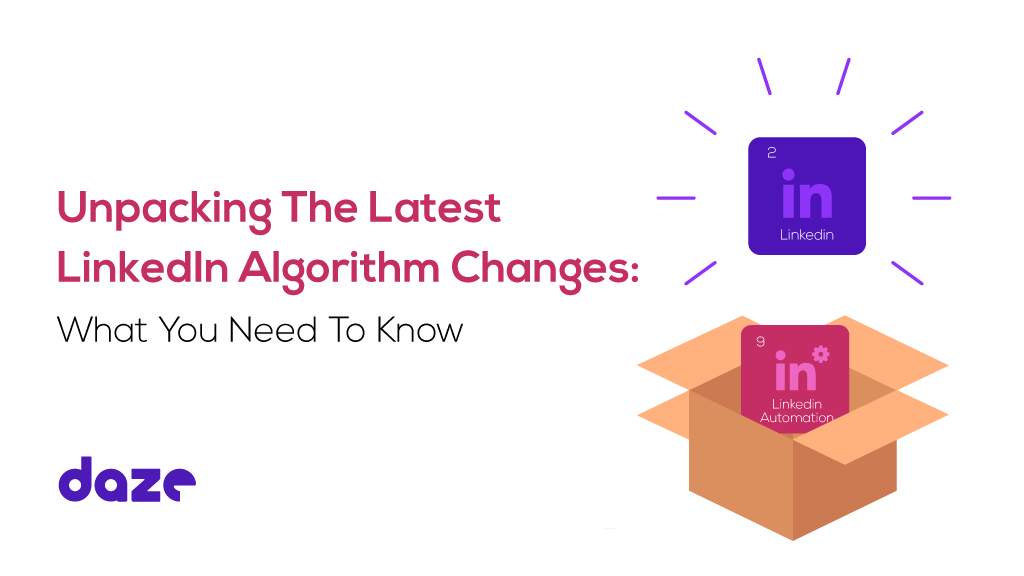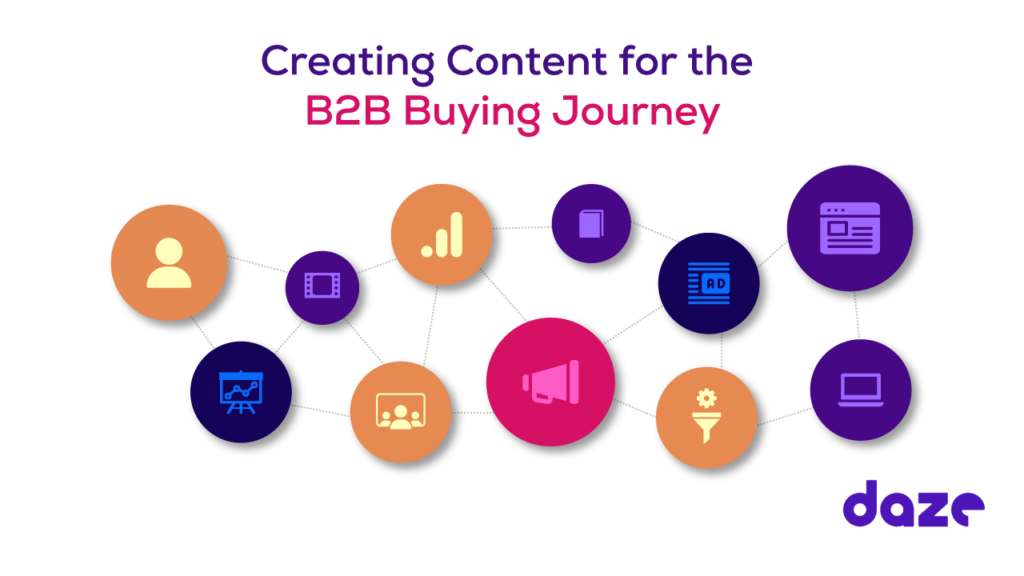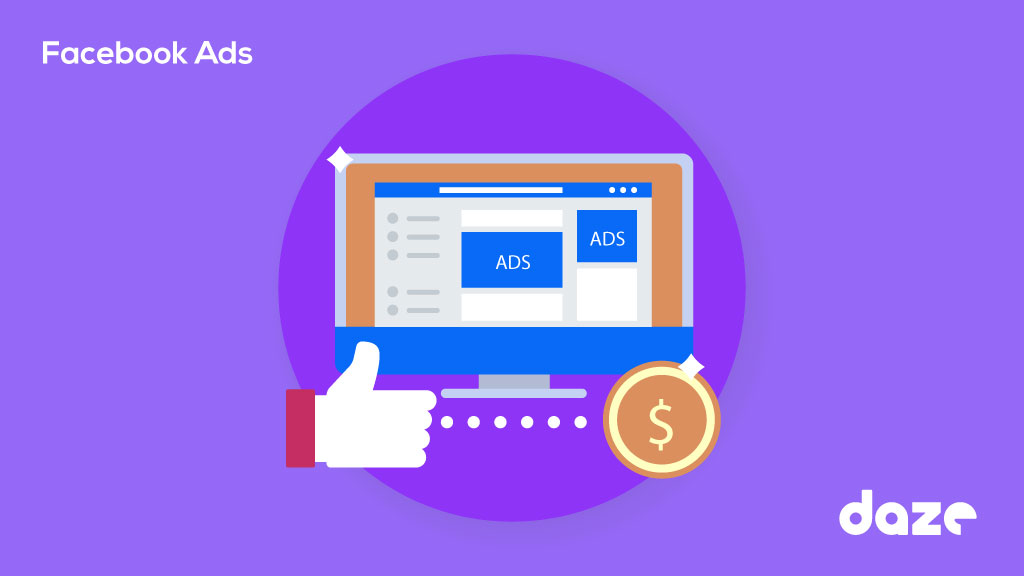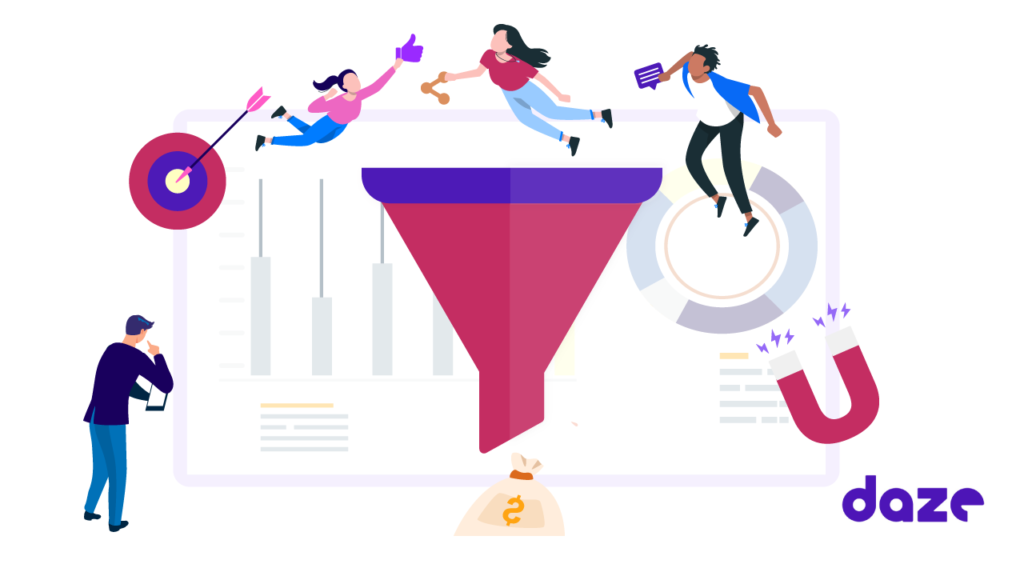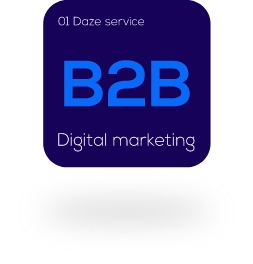The gated content debate is a lively one and for many good reasons.
After you’ve created a content marketing asset, should you give it away for free?
Or should you ask for an email and other information in exchange for the content?
The looming end of cookies has many marketers seeking ways to capture user data. And considering that lead generation is one of the primary objectives of B2B marketers, it appears that gated content is a good strategy. In fact, according to HubSpot data, roughly 80% of B2B content is gated.
Yet, at the same time, we can’t deny that gated content could cost us leads.
According to LinkedIn research, 37% of B2B tech buyers are less likely to consider a vendor that gates the first piece of content. Additionally, 75% of tech buyers are less likely to consider a vendor that gates all content.
This article will examine
- What is gated content
- Examples of gated content
- Examples of ungated content
- To gate or not to gate
- Gated content for lead generation
What Is Gated Content
Gated content is a marketing asset that can only be downloaded after providing information such as name, email address, company, position in the company, and other details. All of these are critical data bits for lead generation. Then, sales or marketing teams can follow up with conversion-focused content such as newsletters.
Examples Of Gated Content
- White papers
- Ebooks
- Case studies
- Product demos
- Videos
- Templates
- KPI trackers
- Guides
- Live webinars
Examples Of UnGated Content
- Infographics
- Articles/Blog articles
- Case studies
- Videos
- Testimonials
- Curated Content
Publishing ungated content doesn’t mean that you give up on the potential of collecting user data. Engaging website content, such as blog articles and videos, should include a prominent CTA encouraging the viewer to subscribe for more content. In this case, subscribing is not a prerequisite to reading your blog article or watching the video. It’s completely voluntary. But, if your content is engaging, speaks to their pain points, and provides authentic, trustworthy information that’s important to their industry or job, they’re likely to subscribe.
To Gate Or Not To Gate
Gated marketing content is a powerful tool for lead generation. However, prospects may not be ready to leave their information on your website or social channel. The last thing they want is unsolicited messages or emails.
To gate or not to gate depends on your content marketing goals, where your prospects are in the buyer funnel, the asset’s value, and your competitors.
If your goal is brand awareness, offering content without a gate will maximize the number of potential customers who view your video or read your white paper. As a result, you’ll increase brand recognition and become a trusted source of information in your industry. And you’ll significantly expand the potential pool of quality leads.
When your potential buyers enter the consideration stage in the funnel, they’re looking for more specific content to help them find solutions to particular needs. Marketing content such as white papers, webinars, or toolkits is now of more interest. They’re ready to consider you as a possible vendor for the solutions they’re seeking. At this stage, your prospect will likely be more amenable to filling out a form in exchange for your gated content.
At the conversion stage, your prospects are ready to purchase, and they just need more information to decide on the vendor. You’ll want to optimize product-focused content, such as free demos or free trials. At this stage, you’ll want to capture the lead’s telephone number, so you’ll include a contact form or CTA to click “Contact” on your website.
How valuable is your marketing asset? You might want to gate if you’ve produced an in-depth research report that provides significant value to your prospects. Your investment in creating the document is worth the risk of losing a few readers.
Have your competitors offered the same or similar content for free? You don’t want to gate content that your prospects can access from a competitor’s site.
Pros and Cons of Gated Content
Pros
Increase the number of qualified leads. Buyers who fill out your contact form are more likely to be seriously interested in your company.
Enables more precise segmentation. If you ask for details such as industry, job title, company size, etc., you’ll have a more accurate persona of the lead, enabling you to follow up with personalized content that delivers value.
Grow your mailing list. Your email list is one of your valuable digital assets. Since you’ll know what types of content your leads previously downloaded, you’ll be able to deliver email content that is targeted to their needs.
Cons
Fewer prospects will see your marketing content if it’s gated. As a result, fewer leads will visit your website, impacting reach, traffic, and engagement. In addition, fewer prospects reading your marketing content means less SEO value because the search engines don’t see the content.
False information. Some prospects may want the gated content, but they don’t want to provide all the details, so they’ll use fake names, phone numbers, and email addresses.
Gated Content For Lead Generation: Best Practices
Today, the digital ecosystem is overflowing with B2B content, and your leads are accessing that information daily. According to the Gartner survey, the B2B buyer journey has become cyclical. Furthermore, buyers conduct independent research on the internet, often anonymously. They steer clear of sales teams until the final moment. Therefore, the value of your gated content must be worth giving up anonymity.
Resist the temptation to use gated content just to capture leads for sales funnels.
Create content appropriate for each stage in the buyer journey. By aligning your gated content with where your prospects are in the buyer journey, you’re more likely to convert.
Don’t follow up right away with conversion-focused content. Instead, take the time to build trust.
Focus on delivering long-term value. Authoritative, in-depth white papers provide long-term value. The document can be retrieved and shared among stakeholders. Gated content that offers long-term value will help you develop a reputation for being a leader in the industry. Once you become a trusted expert, your leads will want to know more.
Bottom Line
We won’t settle the gated vs. non-gated content debate in this article. For B2B marketers, gated content offers the most effective tool for securing MQLs from social or website traffic. However, someone who filled out the lead form to download your content is not necessarily interested in hearing more from you. Nor are they ready to speak to your sales team.
To gate or not to gate?
- What is more important: more prospects seeing your marketing asset or capturing prospect details?
- Where are your customers in the buyer journey?
- Does your marketing asset have transactional value? In other words, does the value of the content outweigh your prospect’s preference for anonymity?






